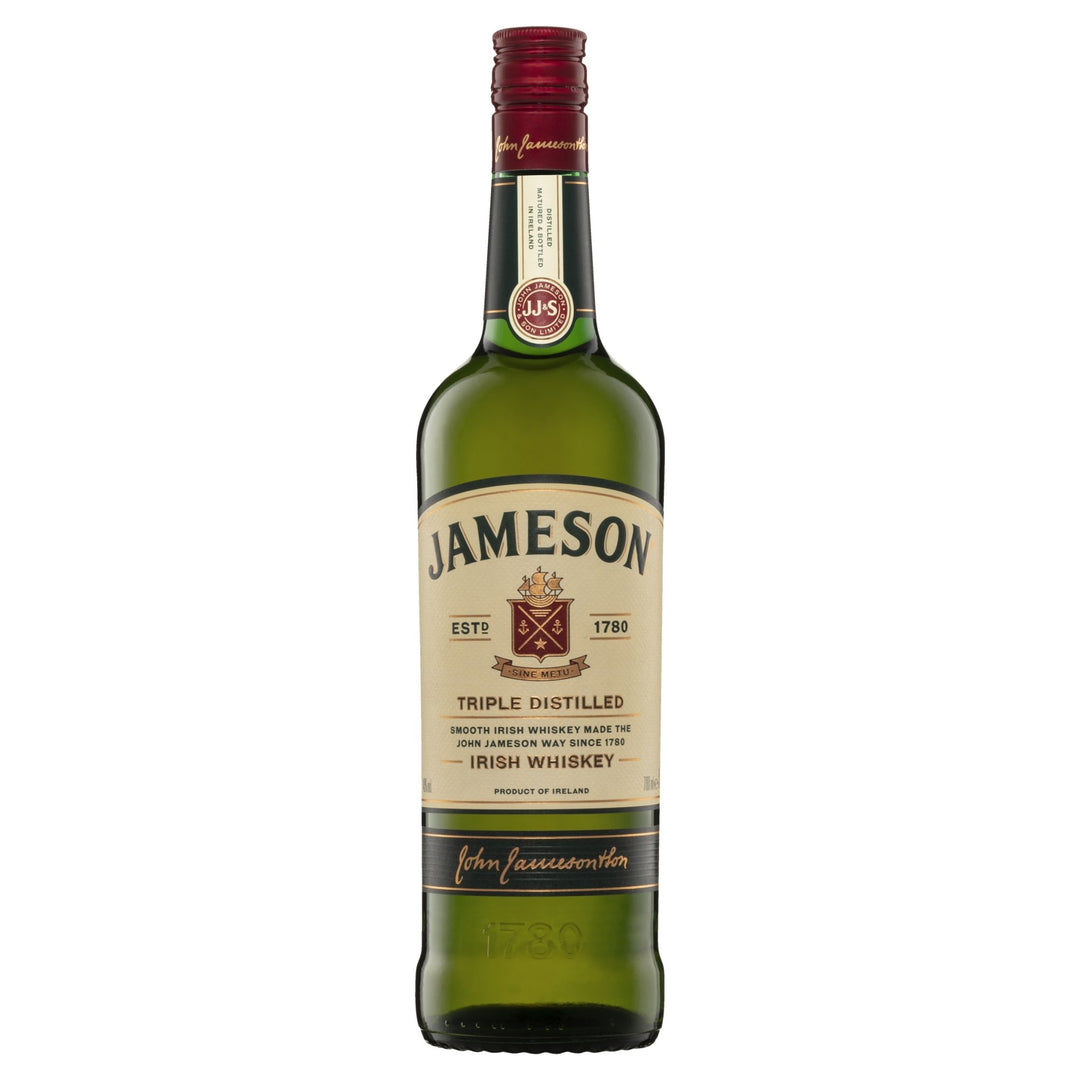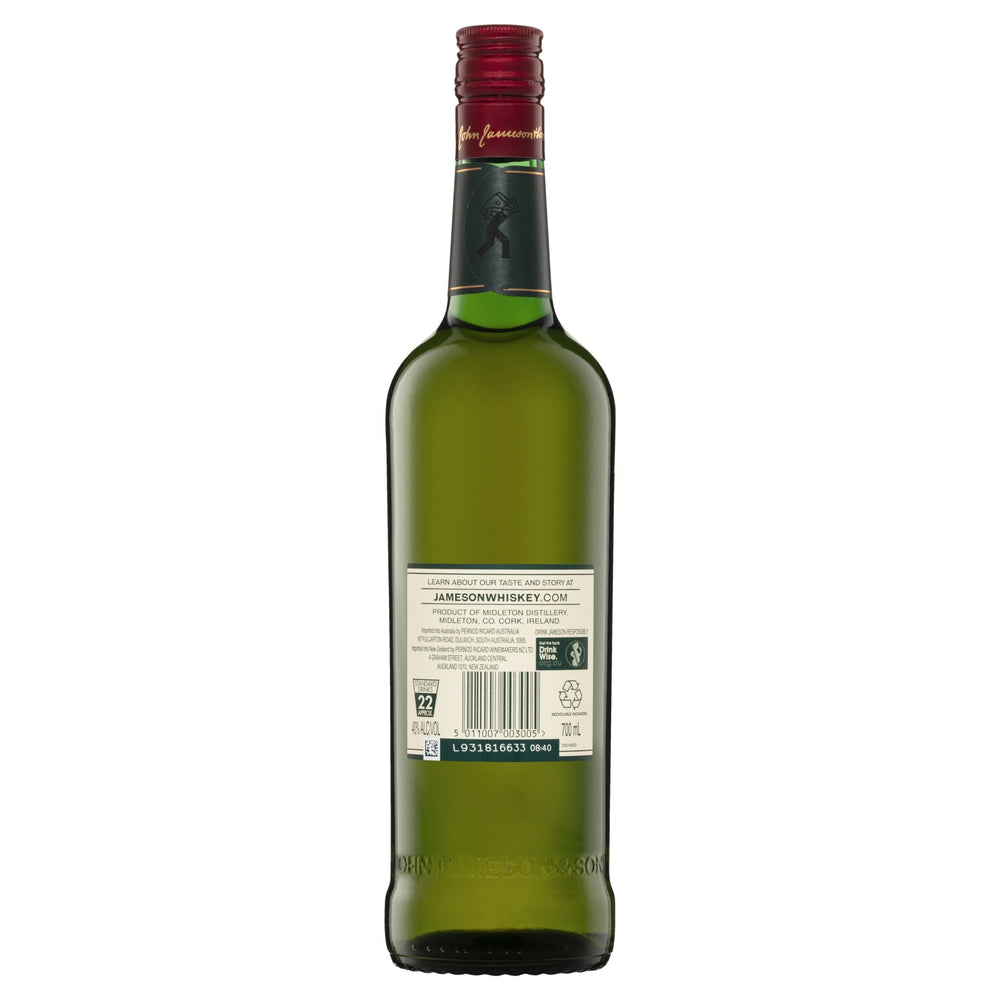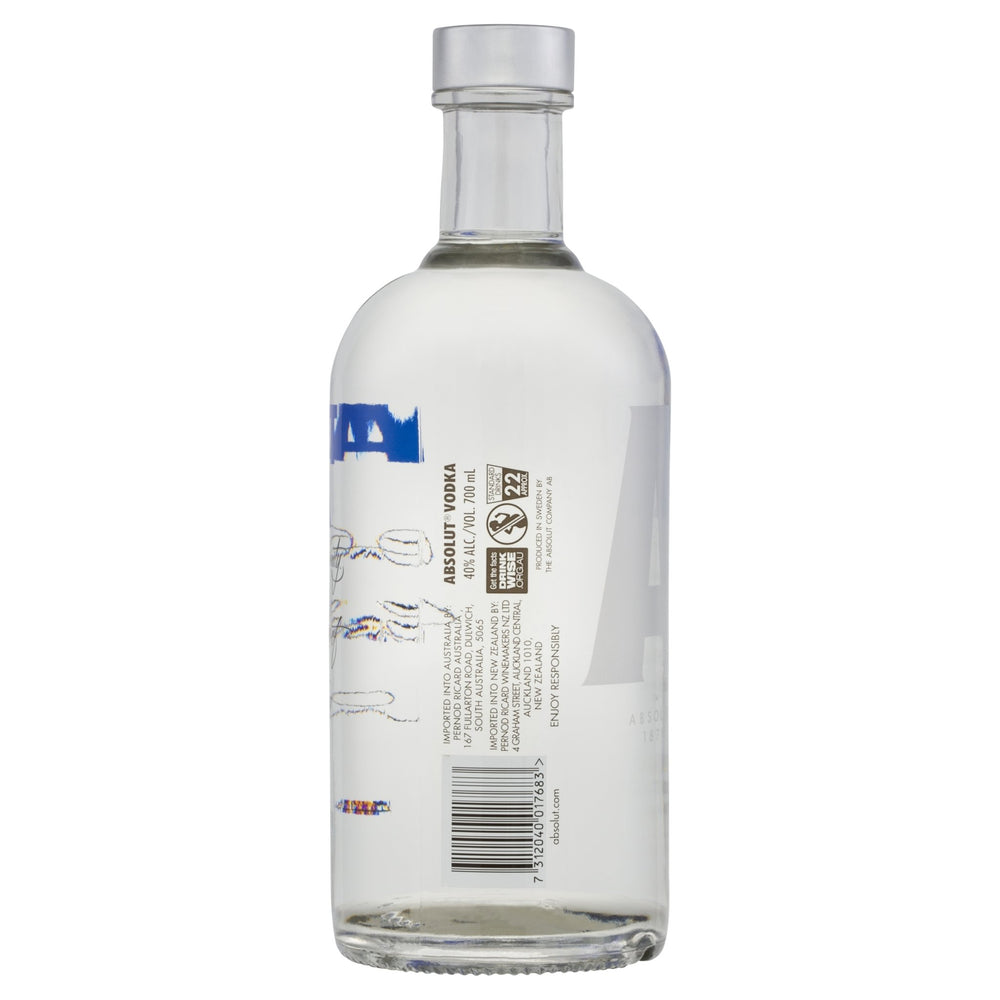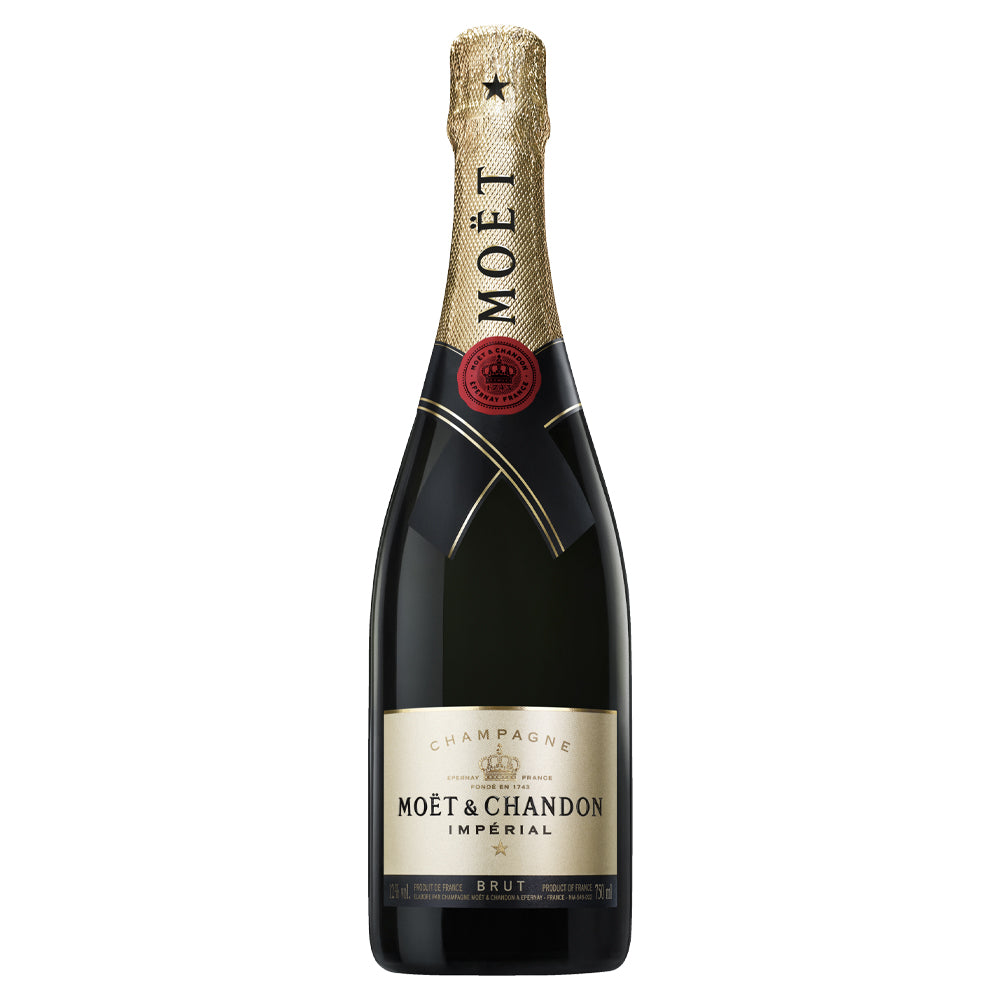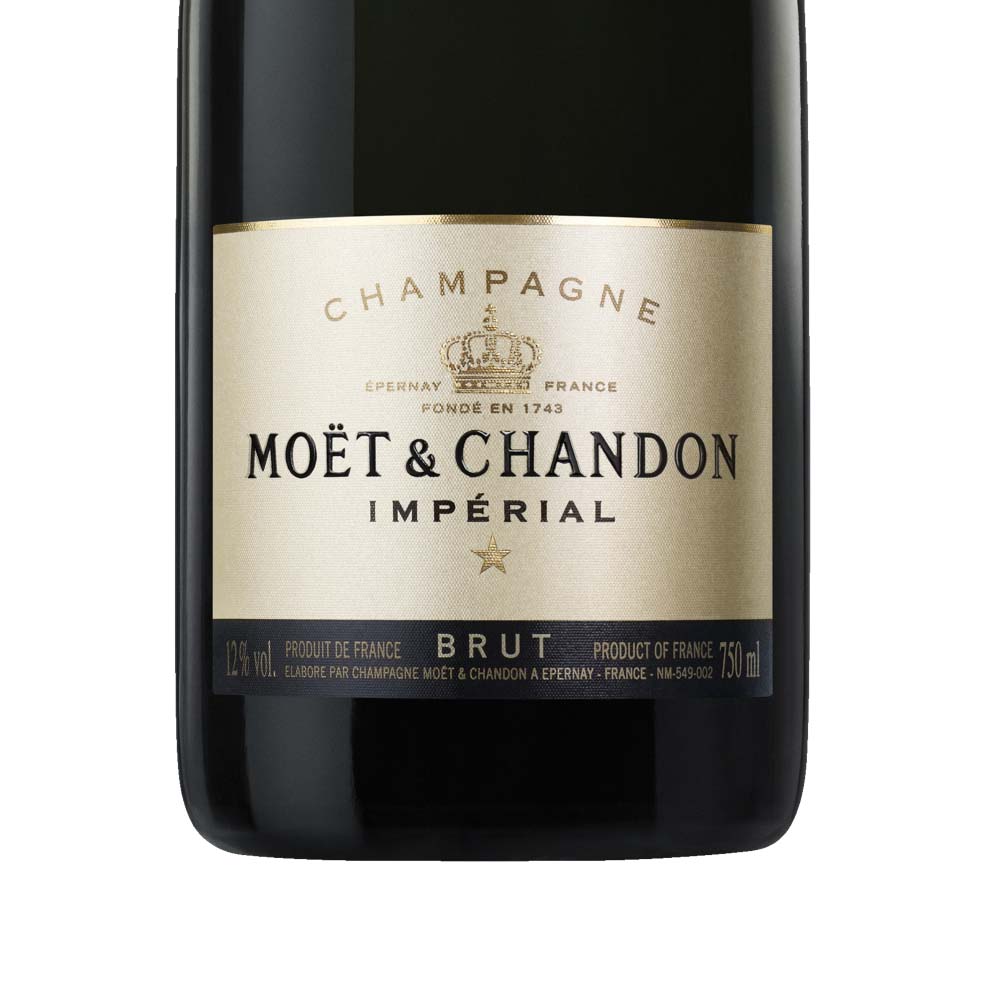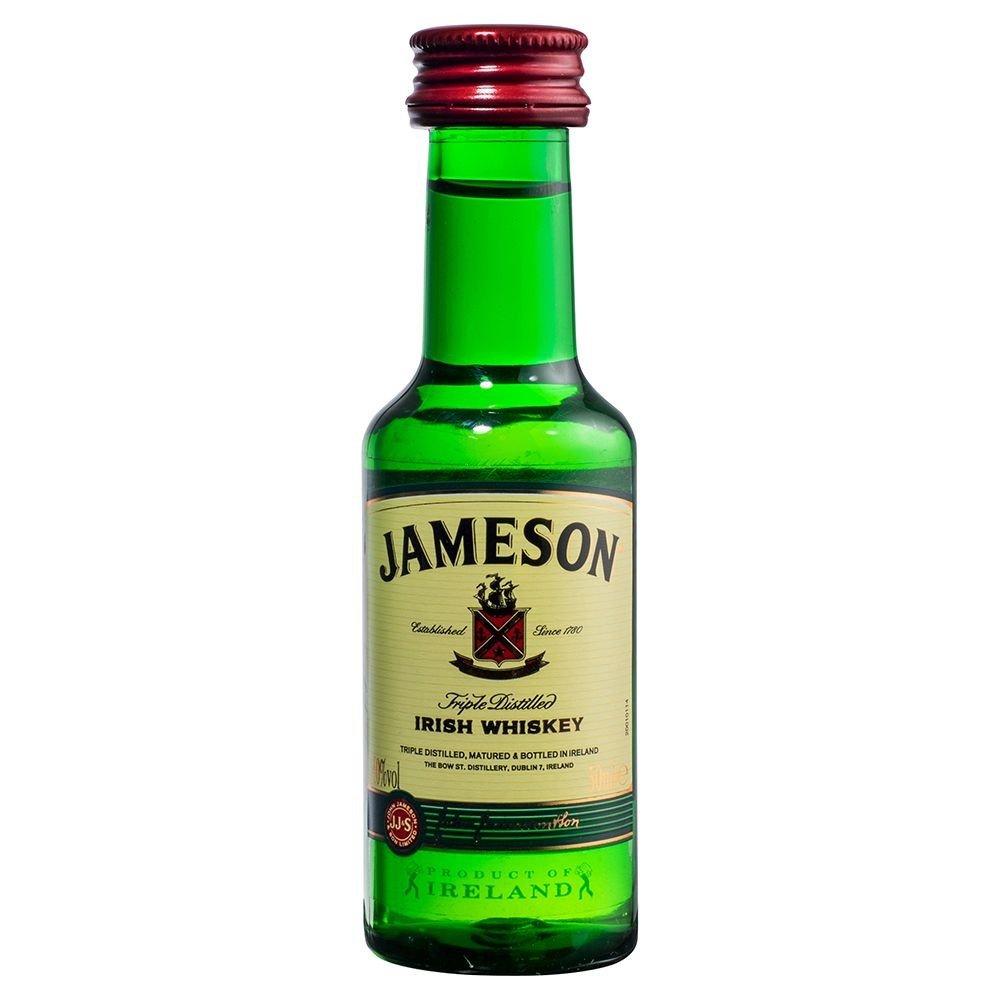Let’s be honest, it can sometimes be hard to wrap your head around wine terminology and the phrases and words we use to describe a wine’s taste, the production process from grape to glass and everything in between.
Whether you’re describing the wine’s tannins, depth, maceration or concentration, knowing what the terms mean will enable you to not only improve your personal experience with wine, but also to impress others with your newfound knowledge. And who wouldn’t want to do that?
When we think about our language, there are hundreds of possible ways to describe and explain wine. We’ve compiled a list of some of the most common and useful phrases to put you well on the way to becoming a wine connoisseur.
Acidity: People talk about the ‘acidity’ of wine and it’s a term you’ll often come across. The usual types of acid found in wine include tartaric and malic.
Usually, white wines are at a lower pH level than reds, making them more acidic. To put it into context, the pH of water sits at seven, whereas wine will be around 3-4 on the pH scale.
A wine high in acid will taste tart and crisp and if it’s too acidic perhaps will taste sour, whereas a low-acid wine will feel smoother on the palate.
Aroma: This one is quite simple, with a wine’s aroma referring to its smell. Some common aromas associated with wine include: various fruits, herbs and spices, chocolate, floral and more.
Austere: If you come across this term when you see a wine being described, it means that it’s generally just not good. If a wine is austere it will be hard on the palate with a high acidity, lack of fruity flavours, sharp and generally unfriendly, so stay away.
Body: To describe the body of the wine is to describe its weight and feel. You may hear a wine labelled as light, medium or full bodied, with each referring to a different type of density.
Several factors to think about when considering the body of a wine are the grape variety, alcohol level and sweetness. If a wine is fuller bodied, it’s usually higher in alcohol.
To let breathe / decant: These two terms go hand in hand. To allow a wine to ‘breathe’ is to expose it to air and let it sit for a period of time before pouring.
Often a decanter is used to aerate the wine and allow it to fully breath – this improves the scent, flavour profile and texture of the wine.
There are many decanting products on the market but simply pouring your bottle into a wide-bottomed glass or crystal vessel will do the trick.
Complex: If a wine is described as complex, it basically means there are many different flavours and aromas happening within the bottle. This is an important quality that all great wines have.
Often the flavour will change from the time the wine hits your lips to the time you swallow. Keep in mind, if you describe a wine as complex make sure you can explain how …or just use another word from this list.
Oaked / oaky: This is an important factor when it comes to wine and is a quality that wine-lovers like to discuss.
If a wine sits in an oak barrel it will take on certain qualities and aromas of that barrel, adding a distinctive scent and even taste to the wine.
Smoky, toasty, buttery and vanilla are just some of the characteristics that an oak barrel can transfer to a wine, with barrels from different countries giving off different aromas.
Tannins: When sipping on wine (red in particular) you’ll often hear the term ‘tannins’. But what exactly are tannins? They are found in many different plants and fruits and are responsible for that chalky, bitter taste you get if you bite into an unripe plum or grape, for example.
Tannins are extracted from the skins and stems of a grape and when coupled with acidity and alcohol they help make a wine what it is. If a wine is described as being overly tannic, it refers to the wine tasting bitter and leaves the mouth feeling dry.
Vibrant: A vibrant wine is a good wine. It means that the wine is fresh, lively and zesty with sharp aromas, good acidity and a rich flavour profile.
With the inclusion of this wine terminology in your vernacular you’ll be sure to impress others the next time you’re sipping a bold shiraz or an oaky chardonnay.
There are thousands of terms out there to use in regards to wine, but start off with these and you’ll be well on your way to becoming a wine-whiz.




